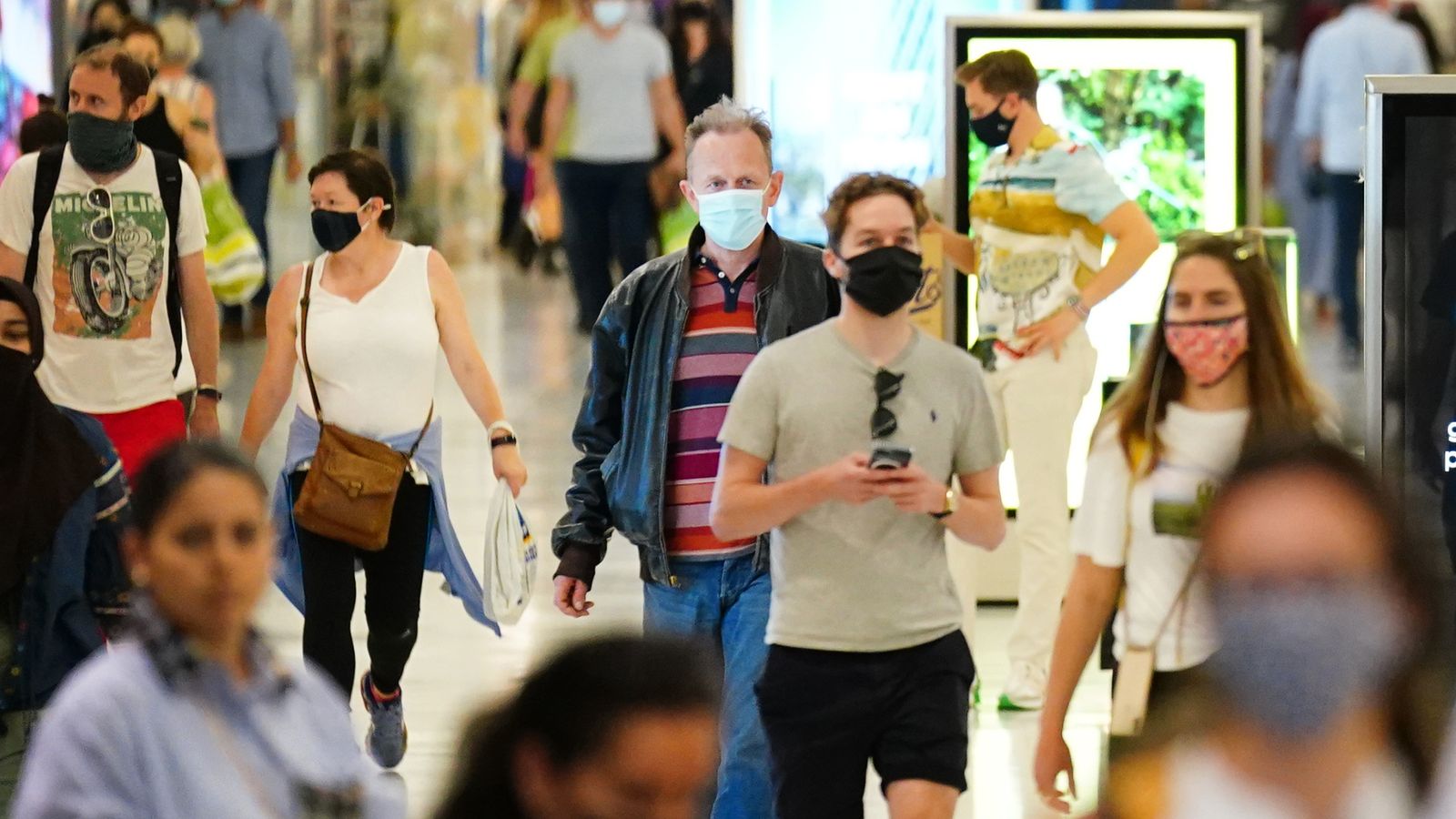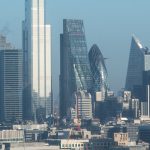Staycations boosted the high street last month according to new figures showing shopper footfall edging closer to pre-pandemic levels.
Visits to shopping destinations were 18.6% lower than in August 2019 with bricks-and-mortar retailers still struggling to recover after lockdowns kept consumers away and drove more purchases online.
But the data from retail company Springboard highlighted that it was the first time the gap had been less than 20% since the start of the pandemic.
August’s footfall level was also 20% ahead of that in summer last year.
Diane Wehrle, marketing and insights director at Springboard, said: “Despite restrictions being lifted for overseas travel, it is clear that Brits chose to stay home for the summer which gave a welcome boost to high streets and particularly those that are attractive visitor destinations such as coastal and historic towns.
“In large cities outside of the capital, the improvement in footfall in August was nearly double that in smaller high streets, putting them at a comparable level versus 2019 for the first time.”
The footfall figure was an improvement on July when numbers were 24.2% lower than in 2019.
August’s numbers showed high street footfall down 23.5% on pre-pandemic levels, shopping centres off by 24% and retail parks 2.4% lower.
Central London continued to suffer from the lack of office workers and overseas tourists with shopping visits down by 38% on 2019, but this again was an improvement on July when numbers were 50.4% down – with the improvement expected to continue into September, Springboard said.
Ms Wehrle also pointed to separate data showing that 89% of consumers now feel “some degree of comfort” in visiting retail destinations while 50% are “completely comfortable” about doing so.
“This boost puts bricks and mortar retail in a good place at what is the start of Q4, leading up to the peak trading period of the year – Christmas,” she said.
“On the basis that nothing untoward occurs and restrictions are not put back in place, it appears to be a reasonable expectation that by the end of the year footfall will be just 10% to 15% below the pre-pandemic level.”






















